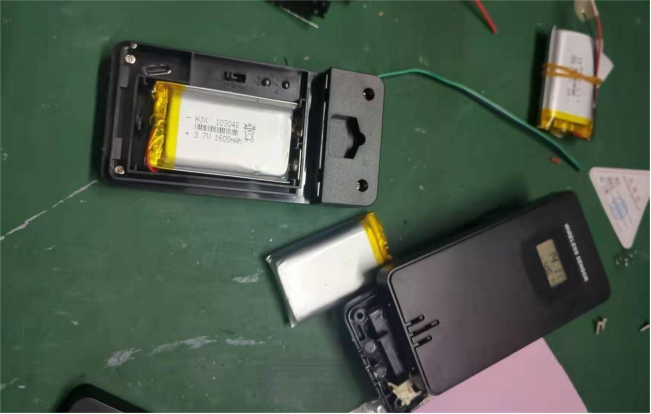
The latest wireless weather station model supports up to three wireless temperature and humidity sensors. The main unit features atmospheric pressure measurement and synchronizes using radio wave calibration based on European frequencies, now upgraded with the QiuBo module.
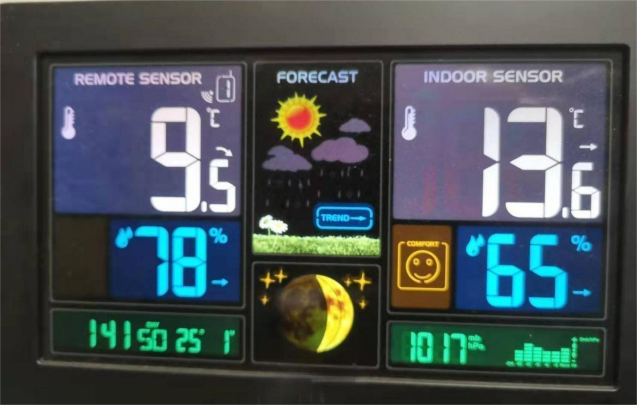
The indoor main unit is powered directly via an external power supply, with a backlight that offers a consistent secondary brightness level, ensuring stable performance.
However, users may notice that the outdoor sensors have a higher power consumption. They require two AA batteries, and nickel-metal hydride batteries can only provide approximately 900mAh before triggering a low battery alert. While the sensors will continue to function after the alert, the notifications may occur frequently. A potential solution is to use two outdoor sensors and switch to lithium batteries, such as the 103048 with a 7530 voltage regulator.
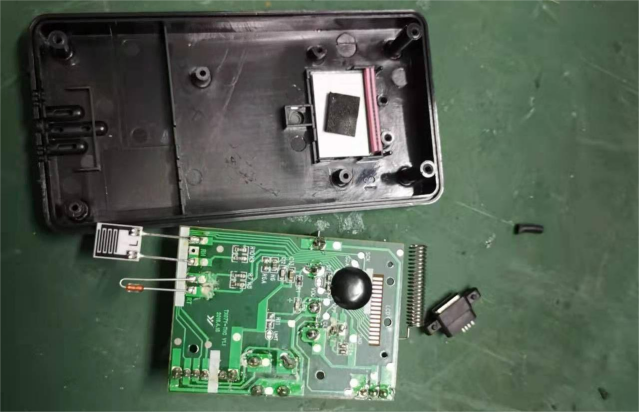
There are two versions of the PCB for this product, dating back to 2016 and 2019. The 2016 version includes error adjustment features and has more organized routing.
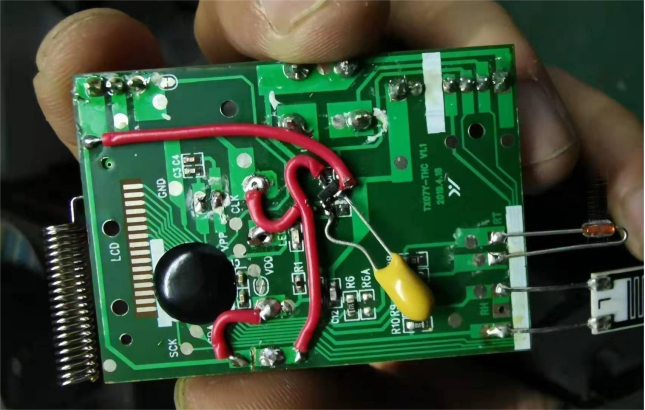
In the 2019 version, the battery contacts are used as jumpers, resulting in a somewhat disorganized layout that may require manual adjustments.
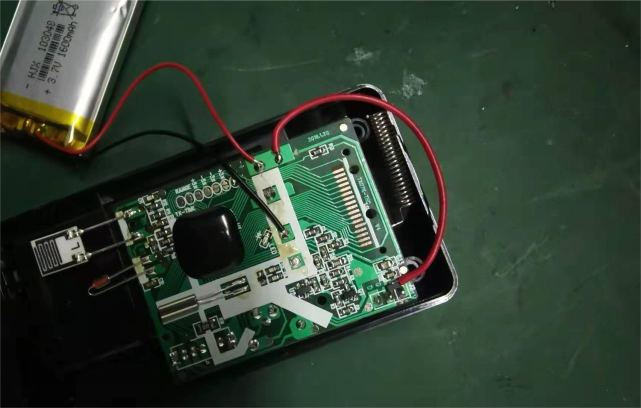
The 2016 version is noted for better design and functionality, and modifications have been made to utilize the original positive wire effectively.
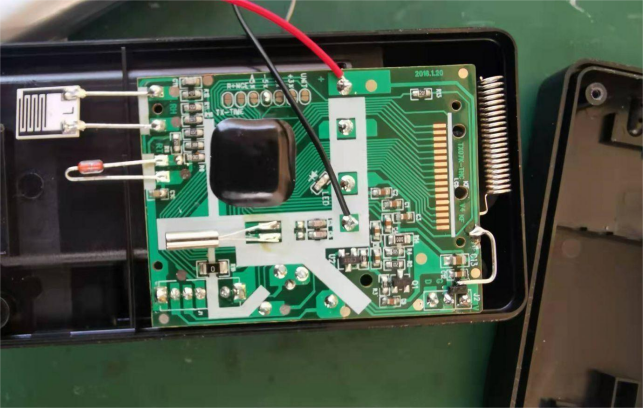
Additionally, the incorporation of a Type-C socket has been implemented in this model.


Field tests indicate that the battery operates without encasement, relying on an integrated protection board to prevent over-discharge. A modified Type-C charging cable, integrated with a 5100 board, allows for the use of two charging chips, enhancing efficiency.
